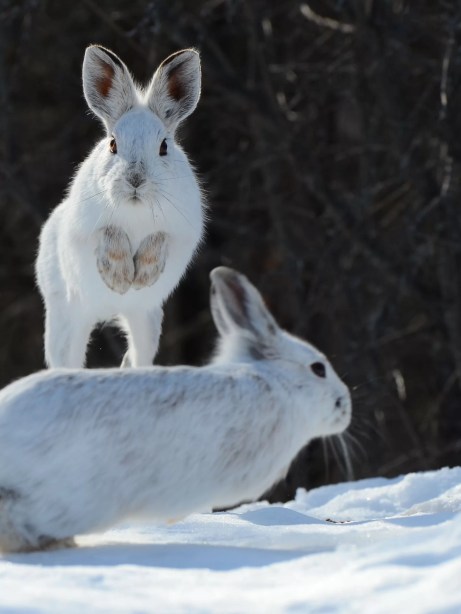The allure of the “Tour of the Giants” isn’t limited to just its breathtaking landscapes and cultural experiences. This new Alpenwild tour also offers travelers an unmatched opportunity to witness and appreciate the diverse wildlife that call this region home. In this blog, we’ll delve into the fantastic fauna you can expect to encounter on your journey.
The Elusive Alpine Ibex
As you traverse the rugged terrains, keep an eye out for the Alpine Ibex. With its impressive curved horns and agile movements, this mountain goat has adapted to life on the high rocky terrains. 
A symbol of the Alps, the Alpine Ibex is distinguishable by its robust, curved horns, which can grow up to a meter in length for males. These animals have specialized hooves with a hard outer edge and a soft center, allowing them to climb steep, rocky terrains with ease. Primarily herbivores, they graze on grasses, herbs, and shrubs. Springtime might offer a chance to observe young kids playing and butting heads.
The “Tour of the Giants” offers a unique vantage point to observe these creatures in their natural habitat.
The Majestic Golden Eagle
Soaring high above the mountain peaks, the Golden Eagle is a symbol of freedom and might. With a wingspan reaching over 2 meters, the Golden Eagle is a force to be reckoned with. 
This bird of prey primarily hunts small mammals, birds, and even larger prey like foxes. Their exceptional vision, almost eight times better than that of humans, allows them to spot prey from great distances. Observing a Golden Eagle in flight is a testament to nature’s engineering – sheer power, elegance, and precision.
The Curious Marmot
Among the playful residents of the region is the Marmot. Often heard before they are seen, Marmots have a distinctive whistle to communicate with each other. These ground-dwelling rodents hibernate for over half the year. During the warmer months, they’re often spotted basking in the sun or foraging for plants.

Marmots are social creatures, living in family groups and constructing intricate burrows to protect against predators and harsh weather. Often seen sunbathing on rocks or alertly surveying their surroundings, these creatures add a dose of charm to the picturesque landscapes.
The Nimble Chamois
Similar to the Ibex but smaller, the Chamois is another mountain-dwelling creature you can expect to encounter. The Chamois, a goat-antelope species, displays a brown coat in summer which turns to a thick, rich black in winter. Their short horns, which are present in both males and females, curve backwards then forwards at the tip.

Chamois are incredibly agile, capable of leaping 2 meters in height and running at speeds up to 50 km/h. They graze on a variety of vegetation, from grasses to mosses and lichen. Their swift movements and keen senses make them a delightful sight, especially for photography enthusiasts.
The Mystical Snow Hare
Camouflaged against the snowy backdrop, the Snow Hare is a winter wonder. Also known as the Alpine Hare, this animal is an expert in camouflage. Sporting a brown-grey coat in summer, the Snow Hare transforms to pure white in winter, blending seamlessly with the snowy landscapes.

Primarily nocturnal, they feed on plant material, and during winter, they’ll dig through the snow to access their food. Their strong hind legs enable them to make quick escapes from predators. As the seasons change, so does their fur, offering them the perfect disguise against potential predators.
The “Tour of the Giants” is not just a trek through the mountains; it’s an immersion into a rich ecosystem teeming with life. As you embark on this journey with Alpenwild, keep your binoculars handy and your senses alert. The wildlife wonders that await you are just as memorable as the tour itself.
- Unveiling the Fauna of the Tour of the Giants - October 25, 2023
- Famous People Who Lived in Provence - October 11, 2023
- Best Time to Hike England Coast to Coast - August 27, 2023


